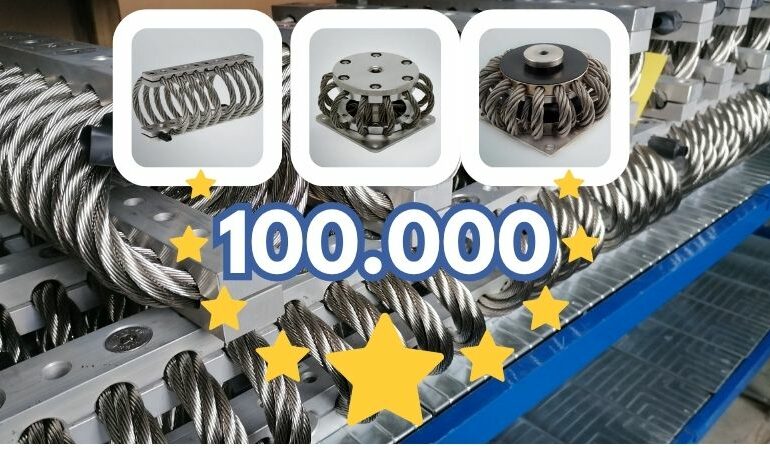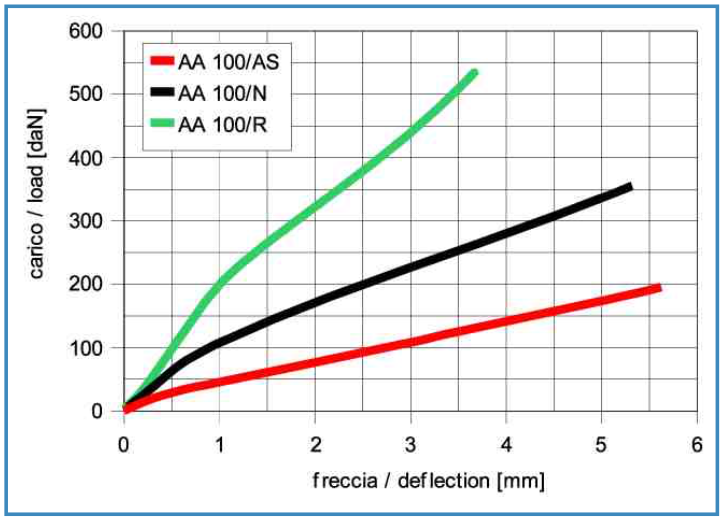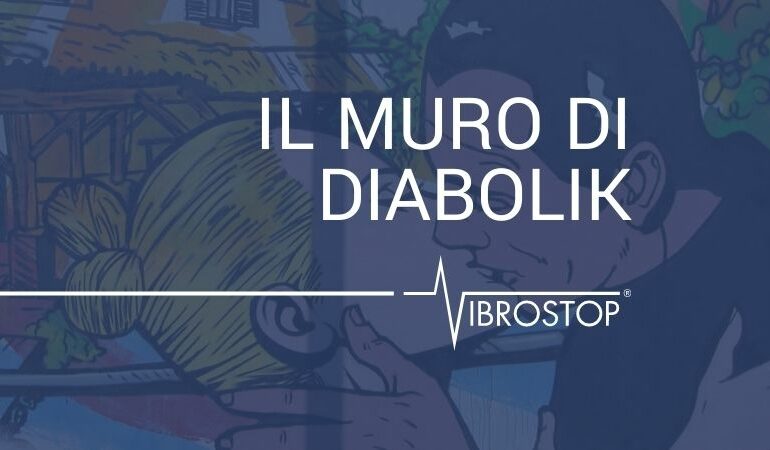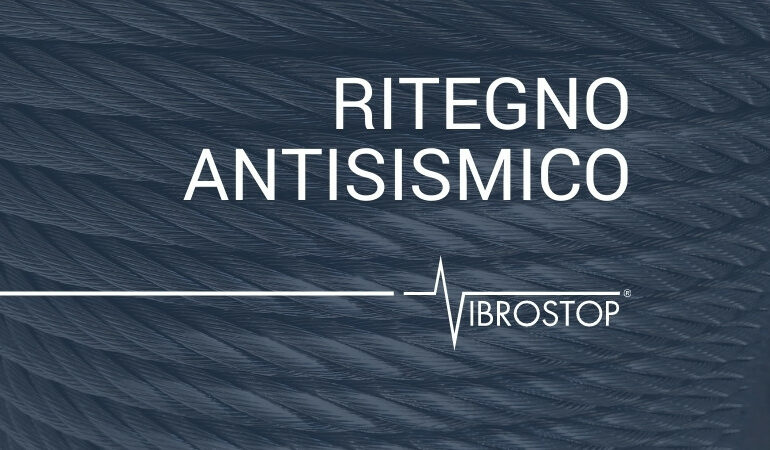
Vibration control
The control and reduction of vibrations transmitted from machinery to structures is becoming increasingly important in both the industrial and residential sectors. To achieve the objective of reducing vibrations, it is necessary to have a thorough understanding of the phenomenon. This technical part has the purpose of illustrating the main concepts of vibration isolation in the simplest way or to guide in the choice of the most suitable anti-vibration device for specific needs.
Energy and vibrations
Vibrations are but one of the many manifestations of the energy that surrounds us. This, as we know, is not created or destroyed, it simply passes from one state to another. This happened for example to a press or a hammer, not all the stored energy is used for the deformation of the workpiece. A part is inevitably discharged on the ground, so the impact can cause vibrations that propagate in the surroundings. To eliminate this disturbance, the source of vibrations can be removed from the neighbor which is destroyed or controlled, „taming“ this energy which is dispersed to the ground.
The purpose of good insulation is to interpose a barrier in the propagation of vibratory energy between the machine and the surrounding ground. It is therefore necessary to interpose between the vibrating system and the rest of the structure, some elements that reflect a part of this energy and attenuate its intensity, so that the resulting vibration is discharged. the ground does not disturb. This is an interface problem whose only solution is to be sought through the use of elastic intermediaries, such as spring supports or elastometers.
The Vibrations
Vibrations are a propagation of energy in the form of waves that are transmitted through solid structures. The vibrations are characterized by two quantities: the amplitude of the oscillation and its frequency, that is the number of oscillations per second. These two quantities are generally inversely proportional: as the frequency increases, the amplitude decreases and vice versa. The time between two oscillations is called the period and is expressed in seconds. The inverse of the period, the frequency, expresses the number of oscillations we have in a second and its unit of measurement is the Hertz (Hz).
Stiffness and mechanical vibrations
Stiffness (K) is an internal characteristic of both springs and rubber. For the most common springs, it provides a direct proportionality of the crush to an applied static load. In the case of rubber antivibration mounts, on the other hand, the arrow characteristics as a function of crushing are no longer perfectly linear but there is an approximately parabolic characteristic, as shown in the figure.
In reality, no element is non-deformable, so it has its own elasticity. Technically, the suspended system is represented as a mass under which a spring and a damper are fixed.

OTHER NEWS


Vibrostop unterstützt die Nachbarschaft: The Diabolik Wall



